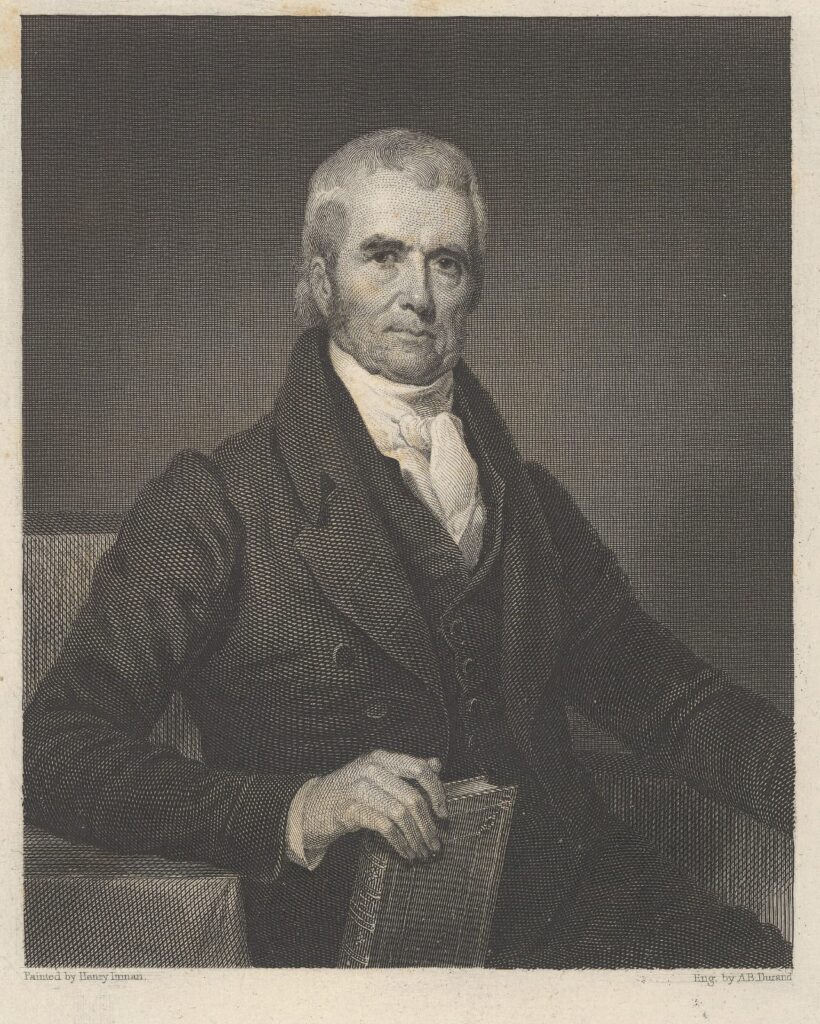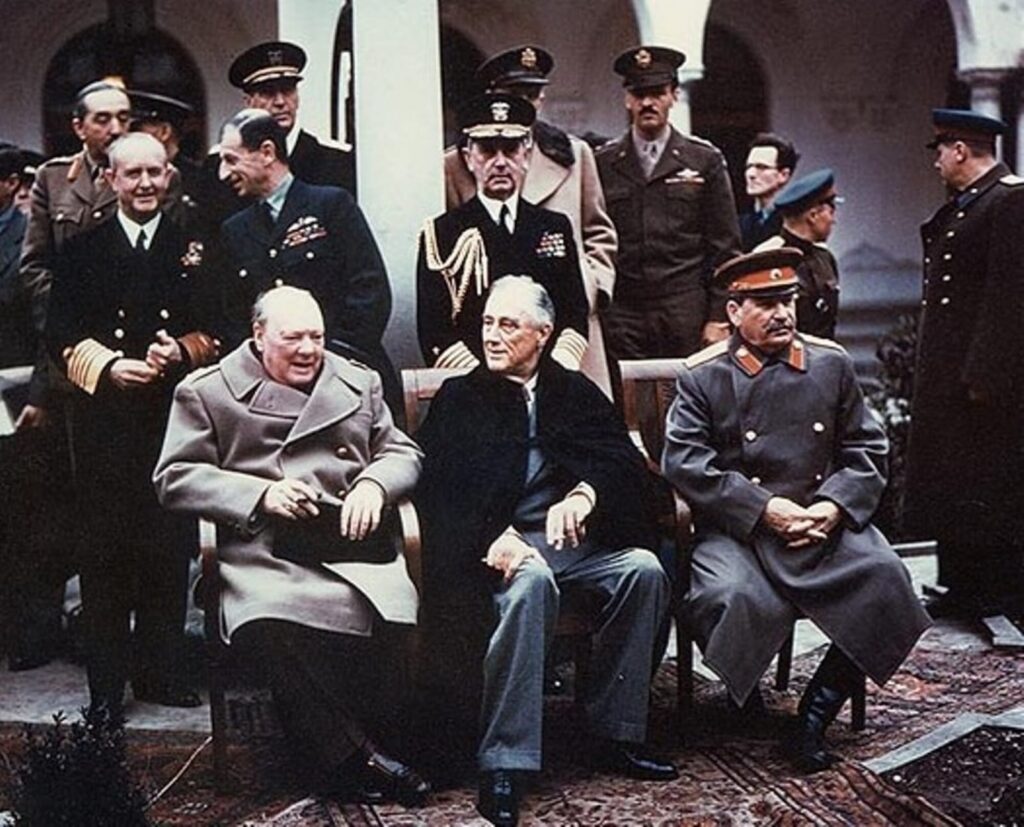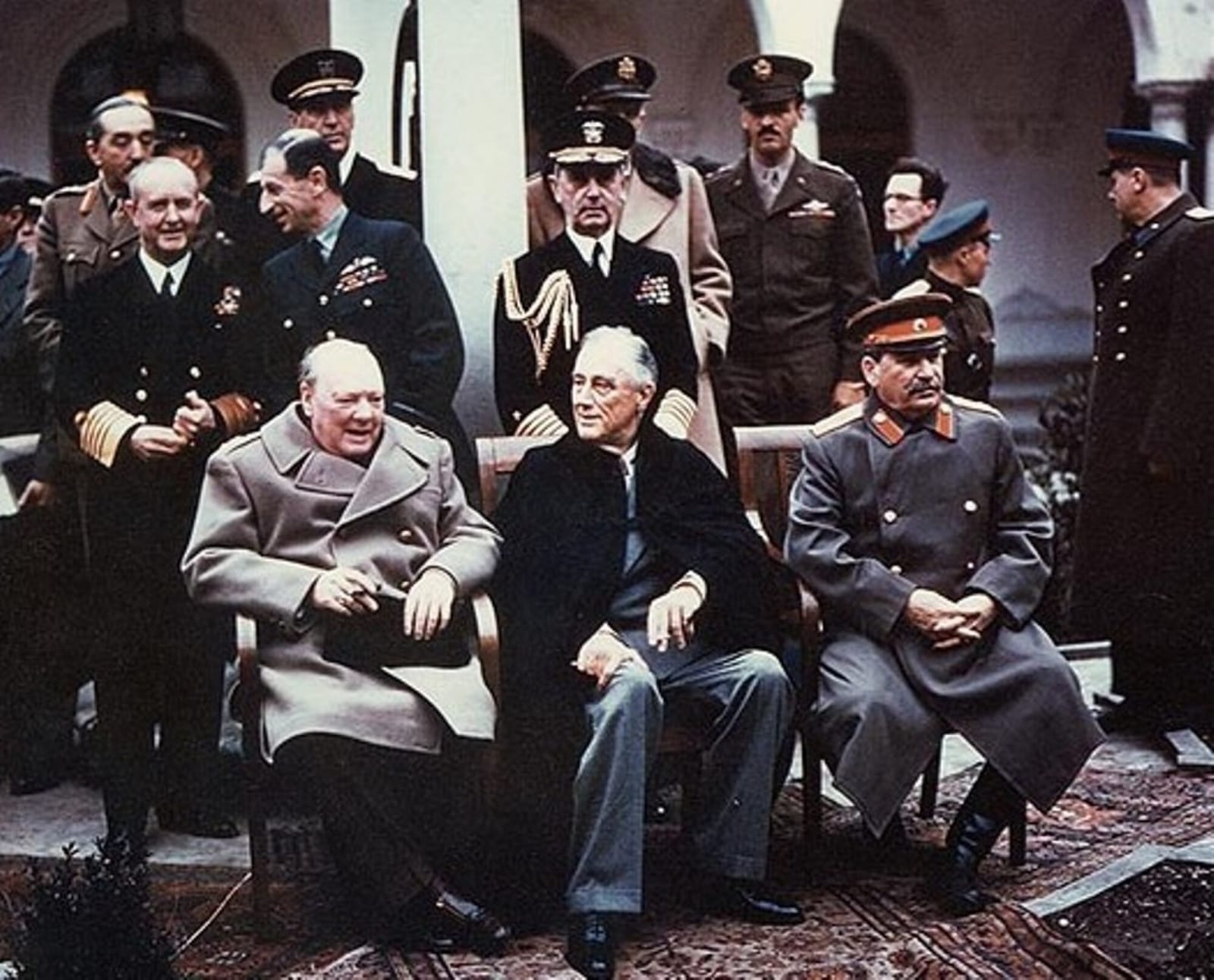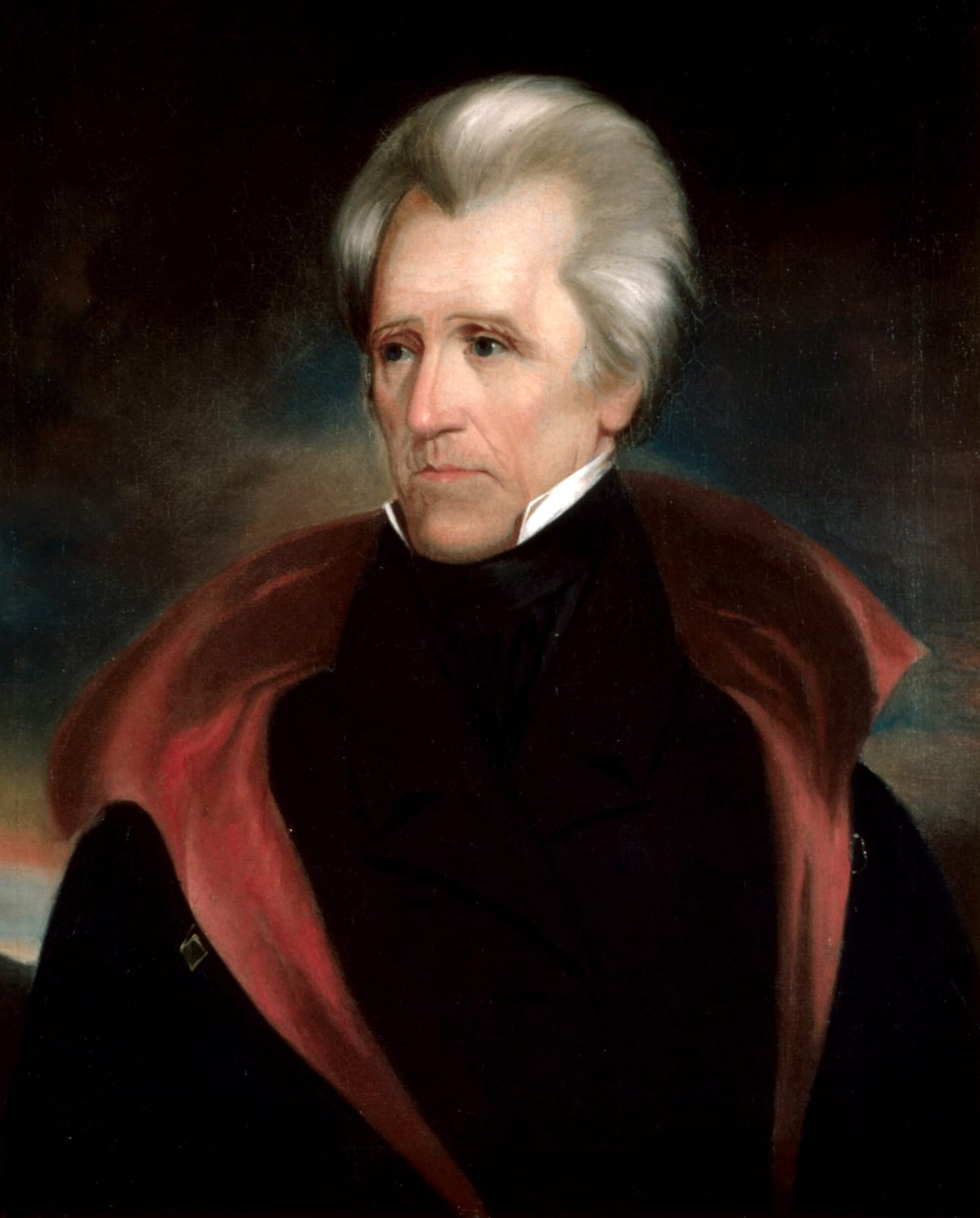Some dates pass quietly, blending into the endless shuffle of time. Others—like January 20—slam the door open and yell, “I’m here, and you WILL notice me!” From landmark legal decisions to literal bat biting madness, this day in history is packed with moments that leave you saying, “Wait, what?” Here’s the breakdown of why January 20 deserves a standing ovation—or at least a respectful nod—through the lens of its strangest, most significant, and downright bizarre events.
1801: John Marshall Takes the Bench (and Reshapes American Law)

Picture the U.S. Supreme Court in the early 1800s: a relatively unimpressive institution that nobody really took seriously. Enter John Marshall, who was appointed Chief Justice on January 20, 1801. This guy didn’t just sit there looking important; he changed the entire game. Under Marshall, the Supreme Court became a coequal branch of government, flexing its muscles with decisions like Marbury v. Madison. Judicial review? That was all him.
Marshall turned the bench into a force to be reckoned with, proving that the Court could be just as powerful (and dramatic) as Congress and the presidency. Without him, we might not even have the phrase “That’s unconstitutional!” to shout at our TVs during political debates.
1841: Hong Kong Changes Hands in the Opium War Mess
If you’ve ever visited Hong Kong’s bustling streets or gazed at its stunning skyline, you might not realize its colonial history has roots in a drug war. On January 20, 1841, during the First Opium War, China ceded Hong Kong to Britain.
Here’s the gist: Britain wanted to push opium onto China. China, understandably, was like, “No thanks.” A war broke out, and when China lost, Hong Kong became Britain’s shiny new possession. Though the official treaty wouldn’t be signed until later, this date marked the beginning of a colonial period that shaped Hong Kong into a unique mix of East and West—a cultural crossroads born out of imperialism’s less than stellar legacy.
1885: Roller Coasters Start Their Wild Ride
Roller coasters are either your worst nightmare or the highlight of any amusement park trip. But on January 20, 1885, they were just getting started. That’s when L.A. Thompson patented the Switchback Railway, which would become the first commercially successful roller coaster.
Forget steel tracks and stomach churning loops—Thompson’s creation was a humble wooden cart that cruised down a gentle slope. But it was enough to kickstart an obsession with thrill rides, sparking an industry that now brings us everything from the gentle Ferris wheel to adrenaline inducing monsters like Kingda Ka. If you’ve ever screamed your lungs out on a coaster, thank Mr. Thompson for the experience.
1929: When a Circus Train and a Blizzard Collided
What’s wilder than a snowstorm? A snowstorm that traps a circus train full of exotic animals. That’s exactly what happened on January 20, 1929, in North Dakota. Lions, camels, and other creatures were stranded alongside their human caretakers when a blizzard stopped the train in its tracks.
Cue the local farmers and townspeople, who stepped in to provide food, warmth, and shelter. This bizarre and heartwarming story of Midwestern generosity sounds like a Disney movie waiting to happen. Imagine waking up to find a camel grazing in your backyard—truly the definition of “not your average Monday.”
1942: The Wannsee Conference—Bureaucratic Evil
Not all historical moments are lighthearted. On January 20, 1942, Nazi officials gathered at a villa in Berlin’s Wannsee district to discuss something horrifying: the “Final Solution,” their plan to exterminate Europe’s Jewish population.
What’s chilling is how methodical this meeting was, turning genocide into a bureaucratic exercise. The Wannsee Conference is a grim reminder of the dangers of dehumanization and how ordinary people can become complicit in extraordinary evil. It’s a date that forces us to confront humanity’s darkest chapters and vow to prevent history from repeating itself.
1945: FDR Secures a Fourth Term Like a Boss

Running for president more than twice? That’s just showing off. But Franklin D. Roosevelt had bigger things to worry about—like World War II. On January 20, 1945, he was inaugurated for his fourth term, a feat no U.S. president has since repeated (because, you know, term limits).
FDR was battling more than just the Axis Powers—his health was rapidly declining, and he’d pass away only months later. Still, his fourth term inauguration was a testament to how much faith the American people had in him. Roosevelt wasn’t just a leader; he was a symbol of resilience during one of the world’s darkest times.
1949: Truman Goes Live
By 1949, TV was the shiny new toy in the media world, and Harry S. Truman wasn’t about to miss out. On January 20, 1949, he became the first U.S. president to deliver his inaugural address on live television.
Millions of Americans tuned in, witnessing history unfold in real time. Truman’s embrace of this new technology paved the way for future presidents to use TV as a political tool—sometimes for better, sometimes for awkward soundbites.
1981: Iran Hostages Freed
For 444 days, 52 American hostages were held captive in Iran—a standoff that gripped the world. Finally, on January 20, 1981, they were released, coinciding with Ronald Reagan’s inauguration.
The timing wasn’t accidental. It was a subtle jab at outgoing President Jimmy Carter, who had worked tirelessly to negotiate their release but didn’t get the glory. Still, this date marked the end of a painful chapter and a rare moment of relief in the tense relationship between the U.S. and Iran.
1982: Ozzy Osbourne’s Batastrophe
You know it’s a weird day in history when a rock star biting the head off a bat makes the list. During a concert in Des Moines, Iowa, on January 20, 1982, Ozzy Osbourne grabbed what he thought was a rubber bat thrown by a fan. Spoiler alert: it wasn’t rubber.
The rocker chomped down, realized his mistake, and reportedly had to get a rabies shot. The incident became legendary, solidifying Ozzy as the king of shock rock and making animal rights activists everywhere cringe.
1986: MLK Day Becomes Official
January 20, 1986, marked the first time the U.S. observed Martin Luther King Jr. Day as a federal holiday. The journey to make it happen was far from easy, facing resistance from those who didn’t want to honor the civil rights leader.
But King’s legacy was undeniable. His message of equality and nonviolence resonates as much today as it did in the 1960s. MLK Day isn’t just a day off—it’s a chance to reflect on the ongoing fight for justice and remember a man who changed history with words, not weapons.
1996: Jailbreak in Reverse
Breaking out of jail is one thing, but breaking into jail? That’s nextlevel friendship. On January 20, 1996, a man in South Carolina was arrested for sneaking into a prison to hang out with his incarcerated buddies.
This wasn’t some grand heist—just a guy who wanted to chill with his friends. Unfortunately, his loyalty landed him on the wrong side of the law. Lesson learned: sometimes, being a rideordie friend has its limits.
2009: Icelandic Women and Their Pots
Icelandic women weren’t about to let economic mismanagement slide without making some noise. On January 20, 2009, they surrounded their parliament building, banging pots and pans in a powerful protest against the financial crisis.
This wasn’t just a tantrum—it was a bold statement about accountability and the power of collective action. Their noisy yet effective protest helped spark change, proving that sometimes the loudest voice in the room wins.
Final Thoughts
January 20 isn’t just a random date on the calendar; it’s a whirlwind of pivotal moments, bizarre tales, and unforgettable history. Whether it’s presidents breaking records, protestors wielding cookware, or Ozzy Osbourne biting bats, this day reminds us that history is never boring. So next time January 20 rolls around, give it a nod—it’s earned it.





Лучший выбор для вашего бренда
печать на ткани [url=https://studiya-pechati-na-tkani.ru/]https://studiya-pechati-na-tkani.ru/[/url] .